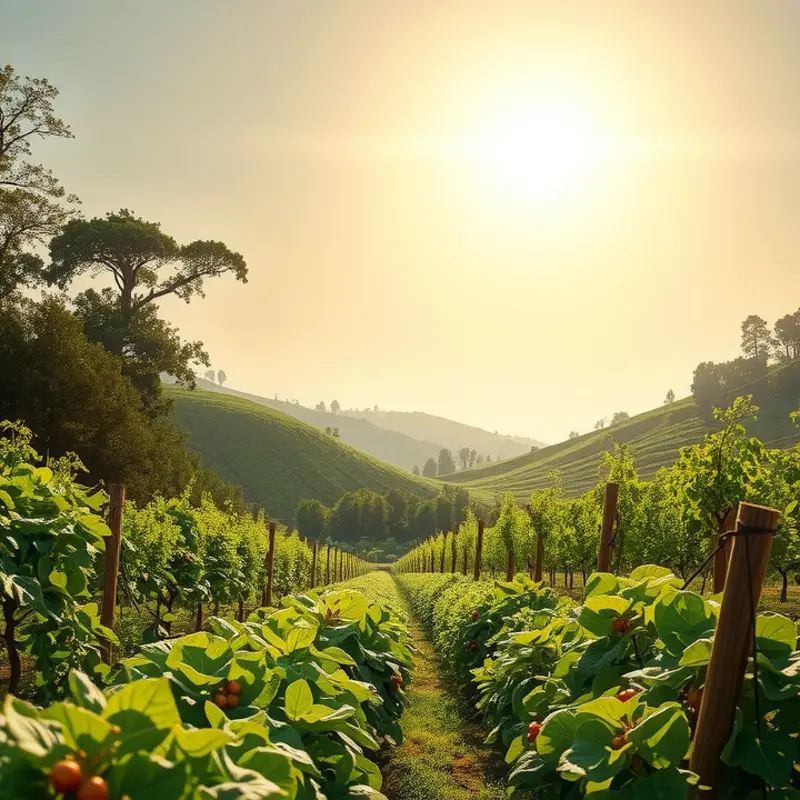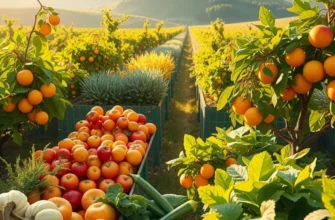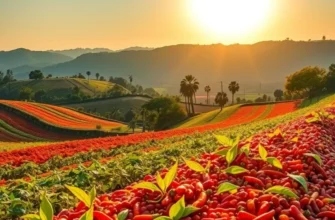Culinary traditions, often intertwined with the rhythms of nature, offer a tapestry of flavors, colors, and aromas that evolve with the seasons. As the earth’s cycles change, so too do the ingredients that grace our plates. From spring’s fresh herbs and vibrant vegetables to winter’s hearty stews, each season brings forth its own culinary stories. Discover how cultures worldwide celebrate seasonal produce and embrace traditional cooking methods that respect the bounty of nature.
Spring Awakening: A Journey Through Fresh Ingredients

Spring is the season of renewal, with nature waking from its winter slumber, offering a bounty of fresh flavors to enliven our plates. As the earth warms and daylight lengthens, tender greens and delicate new growth inspire both effortless and sophisticated culinary creations across cultures.
A quintessential harbinger of spring is the humble pea, which arrives on tendrils, offering bursts of sweetness in every bite. Across the globe, chefs and home cooks alike celebrate this gem in myriad ways. In France, the delicate petit pois à la française showcases peas stewed gently with mint and lettuce, elevating the simplest of meals. Meanwhile, in India, peas become a central ingredient in matar paneer, a vibrant curry that blends the freshness of the season with complex spices.
Another spring favorite is asparagus, with its verdant spears heralding the wealth of fresh produce to come. In Italy, this ingredient finds its place in creamy risottos, where the rice’s starchy richness complements the asparagus’s subtle crispness. For the Dutch, asperges met ham en ei (asparagus with ham and egg) creates a symphony of flavors on traditional spring menus.
Further east, spring brings the emergence of bamboo shoots, an essential component of many Asian cuisines. In Japan, bamboo shoots, or take no ko, are enjoyed in a variety of dishes, from savory soups to gently simmered preparations known as nimono. This ingredient symbolizes resilience and growth, both important themes of the spring season.
Fresh herbs like mint, basil, and dill flood markets with vibrant aromas and flavors, transforming ordinary dishes into the extraordinary. Mint, for example, is celebrated in Mediterranean fare, its cooling nature adding a refreshing twist to salads and couscous. For a more detailed exploration of flavors without relying on salt, consider flavor boosters without salt for enhancing spring dishes.
Spring’s bounty inspires gatherings, where families and friends come together to share in the tender tastes of the season. Recipes are passed down through generations, each meal a tapestry of tradition and innovation. Whether it’s a cozy kitchen in Tuscany or a bustling family home in Delhi, the joy of spring’s harvest is a universal experience.
This season encourages experimentation and discovery. As green markets brim with fresh produce, the urge to craft seasonal dishes transcends borders, celebrating nature’s vivid transformation. Dive into the rich tableau of spring and embrace the flavors that define this time of renewal.
Winter’s Hearth: Gathering Around Comforting Dishes

As the first frost blankets the landscape, kitchens around the world fill with the aromas of slow-cooked delights. The chill of winter invites a culinary transformation where hearty, robust dishes take center stage, offering both warmth and a sense of togetherness. In Eastern Europe, rich stews and soups, like the iconic Russian borscht, draw families around the table. Borscht, with its vibrant beetroot base, warms the soul while harnessing the heartiness of winter root vegetables.
In India, the brisk winter air calls for chai, prepared with a symphony of spices. The fragrant blend of cardamom, ginger, and cloves steeped with tea offers comfort and warmth. Each sip is more than a beverage; it is a ritual that invites connection and conversation.
Across the Atlantic, American families turn to classic casseroles and pot pies. These dishes transcend simple sustenance, becoming vessels of nostalgia and familial bonds. The layers of flaky pastry and creamy fillings underline the essence of sharing and community.
Besides individual cultural staples, the staples themselves hold significance. Root vegetables, grains, and legumes provide the foundation for these cold-weather feasts. Their long shelf life and nutrient density make them ideal for enduring the colder months. Potatoes, carrots, and parsnips transform into savory gratins and hearty roasts, their flavors deepening over hours of careful preparation.
Grains and legumes, such as barley and lentils, also play starring roles, featuring prominently in traditional dishes. Lentil stews or barley risottos not only warm the body but nourish it fully, reinforcing the importance of seasonal eating.
Winter cooking often involves slower methods, allowing flavors to develop gradually. Through braising and slow roasting, otherwise tough cuts of meat become tender delicacies. The process is meditative, encouraging cooks to cherish the transformation happening over time.
The cultural significance of these meals extends beyond the sustenance they provide. Communal dining acts as an anchor during the long, dark evenings. Families gather, sharing stories and laughter, perhaps while saucing a simmering pot of beef bourguignon. Such shared experiences foster resilience against the biting winter chill.
For those eager to incorporate these comforting dishes into their own traditions, focusing on flavor boosters can enhance even the simplest meals. Utilizing ingredients like garlic, onions, and herbs can elevate your winter fare without excessive salt. Consider exploring alternatives to salt to enhance flavors.
In these gatherings, the hearth becomes more than just a source of heat; it is a place for nurturing connections. As frost paints the world in shades of white, communities lean into their culinary traditions, reminding us that food is not only a necessity but a sacred experience that defies the bleakness of winter.
Final words
Culinary traditions tied to the seasons illuminate the deep connection between culture, nature, and the food we consume. By understanding and appreciating these time-honored practices, we not only enrich our culinary experiences but also foster a greater respect for the agricultural cycles that sustain us. Each seasonal dish carries a story, inviting us to savor the flavors of the earth through a cultural lens. Embrace these culinary traditions by creating seasonal meals that showcase the diversity and richness of global cuisines, and allow the changing seasons to inspire your kitchen creativity.








